The Yen Tu - Vinh Nghiem, Con Son, Kiep Bac complex (located in the provinces of Quang Ninh, Bac Ninh and Hai Phong city) or also known as the Yen Tu - Vinh Nghiem, Con Son, Kiep Bac relic and scenic complex has become a world cultural heritage recognized by UNESCO.
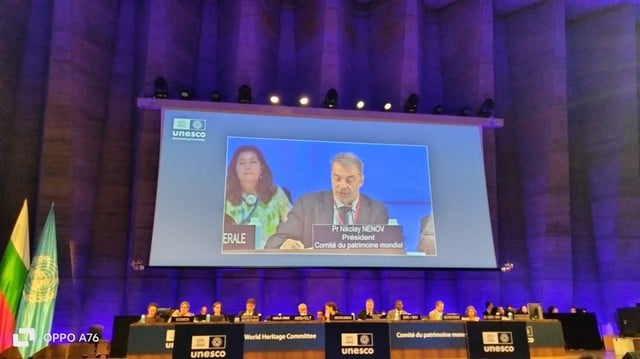
Professor Nikolay Nenov (Bulgaria) - Chairman of the session rapped the gavel to recognize the Yen Tu - Vinh Nghiem, Con Son, Kiep Bac complex as a world cultural heritage.
PHOTO: DEPARTMENT OF CULTURAL HERITAGE
The above decision was adopted at 13:02 on July 12, 2025 (Paris time, France), or 18:02 on July 12, 2025 (Vietnam time), at the 47th Session of the World Heritage Committee (UNESCO) in Paris. Professor Nikolay Nenov (Bulgaria) - Chairman of the session gaveled this blow.
The Yen Tu - Vinh Nghiem, Con Son, Kiep Bac complex (located in Quang Ninh, Bac Ninh provinces and Hai Phong city) is the 9th world heritage in Vietnam recognized by UNESCO. This is also the 2nd inter-provincial world heritage in Vietnam, along with the World Heritage Ha Long Bay - Cat Ba Archipelago (located in Quang Ninh province and Hai Phong city).

Beautiful scenery of Yen Tu - Vinh Nghiem - Con Son, Kiep Bac complex
PHOTO: LA NGHI HIEU
The Yen Tu - Vinh Nghiem - Con Son, Kiep Bac complex, with Truc Lam Buddhism as its core, was founded in the 13th century by the Tran Dynasty kings. Among them, the role of King Tran Nhan Tong in founding the Truc Lam Zen sect stands out. Originating from the sacred Yen Tu mountain landscape, Truc Lam Buddhism represents a philosophical system and the spirit of tolerance and altruism of Buddhism. Truc Lam Buddhism is also a testament to the harmonious combination of Mahayana Buddhism with Confucian ethics, Taoist cosmology and indigenous Vietnamese beliefs.
Through temples, hermitages, pilgrimage routes, stone steles, woodblocks and other carefully preserved relics distributed over a large area from Yen Tu to Vinh Nghiem and Con Son, Kiep Bac, the heritage fully reflects the stages of development of Truc Lam Buddhism: from its establishment and institutionalization to its revival and continued spread of creative and humanistic values. These relic sites, formed many centuries ago, always demonstrate continued development, playing the role of religious and spiritual cultural centers, and pilgrimage destinations for millions of tourists each year.
The global prominence of the Yen Tu - Vinh Nghiem - Con Son, Kiep Bac complex
The complex of relics and scenic spots Yen Tu - Vinh Nghiem, Con Son, Kiep Bac was recognized by UNESCO as a World Cultural Heritage according to criteria III and VI.
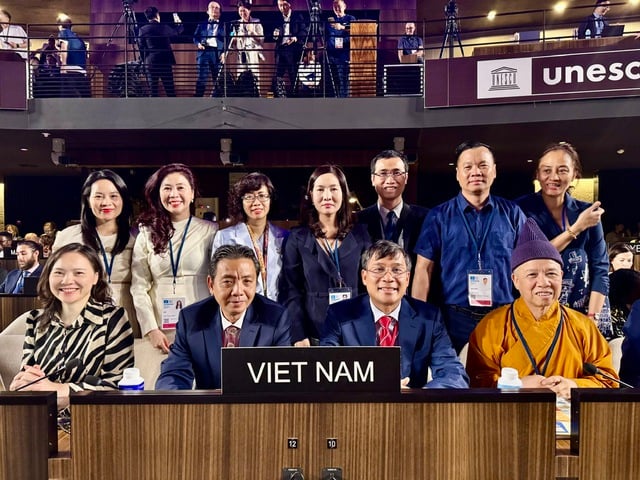
Vietnamese delegation at UNESCO meeting
PHOTO: DEPARTMENT OF CULTURAL HERITAGE
Criterion III: The harmonious combination of State, religion and community developed from the mountainous homeland of Yen Tu has created a unique cultural tradition of global significance, shaping national identity, promoting peace and security in the wider region.
The relic and scenic complex of Yen Tu - Vinh Nghiem, Con Son, Kiep Bac is a special testament to Truc Lam Buddhism, a unique Zen tradition of Vietnam. Integrating Mahayana Buddhism with Confucianism, Taoism and indigenous beliefs, Truc Lam Buddhism has contributed to forming the spiritual foundation of Dai Viet nation, creating the driving force for the rise of an autonomous, self-reliant nation, while promoting cultural dialogue and the spirit of peaceful friendship among nations.
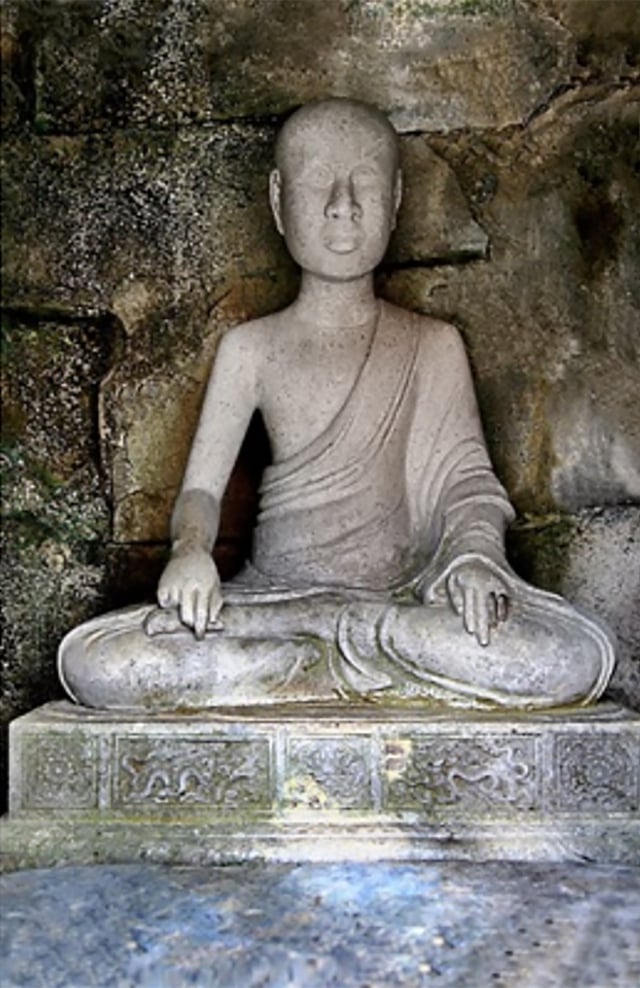
National treasure statue of Tran Nhan Tong
PHOTO: QUANG NINH MUSEUM
Criterion VI: Truc Lam Buddhism is a globally significant example of how a religion, derived from many beliefs, originating and developing in its homeland of Yen Tu, has influenced secular society to promote a strong nation, ensuring peace and regional cooperation.
The Yen Tu - Vinh Nghiem, Con Son, Kiep Bac relic and scenic complex fully represents the Truc Lam Buddhist tradition, from its establishment in the sacred mountain of Yen Tu Mountain as evidenced by ancient temples and archaeological sites, to the Vinh Nghiem Pagoda and Con Son - Kiep Bac relic site; and the systematization of philosophies expressed through steles, related relics and ritual practices. These relics provide a full representation of the historical, spiritual and geographical dimensions of Truc Lam Zen Buddhism, clearly demonstrating the process of formation, development, and the sustainable relationship of tangible and intangible cultural values and documentary heritage in historical and cultural spaces.
Source: https://thanhnien.vn/quan-the-yen-tu-vinh-nghiem-con-son-kiep-bac-thanh-di-san-unesco-185250712184752072.htm



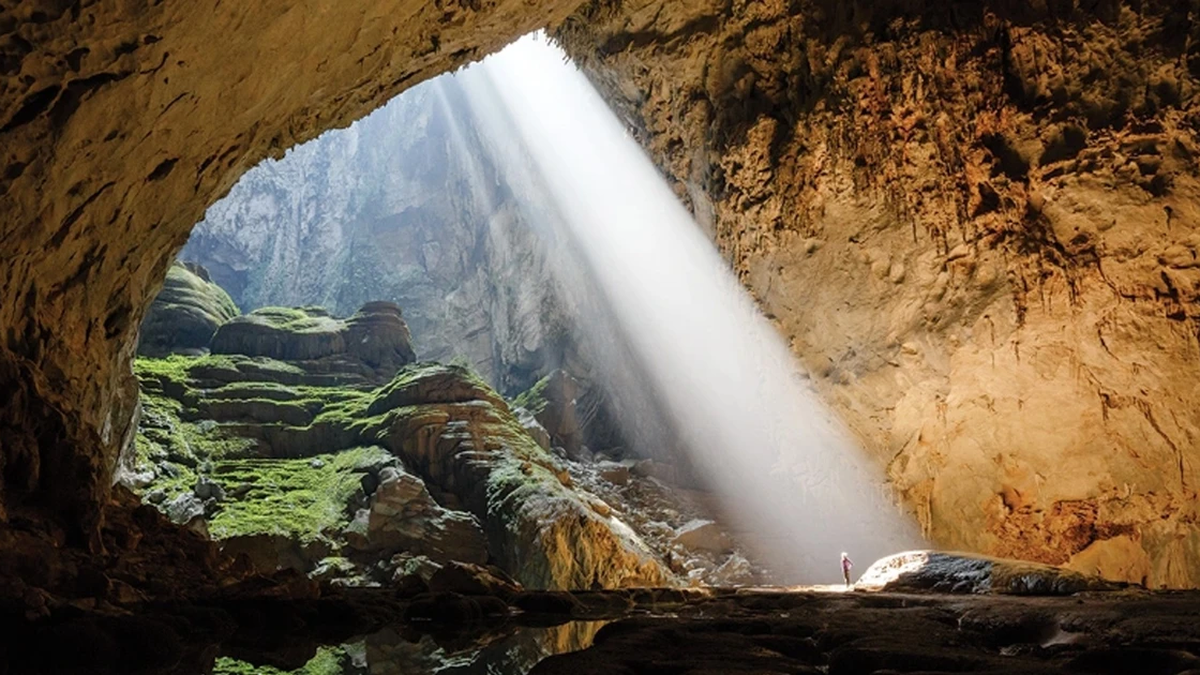

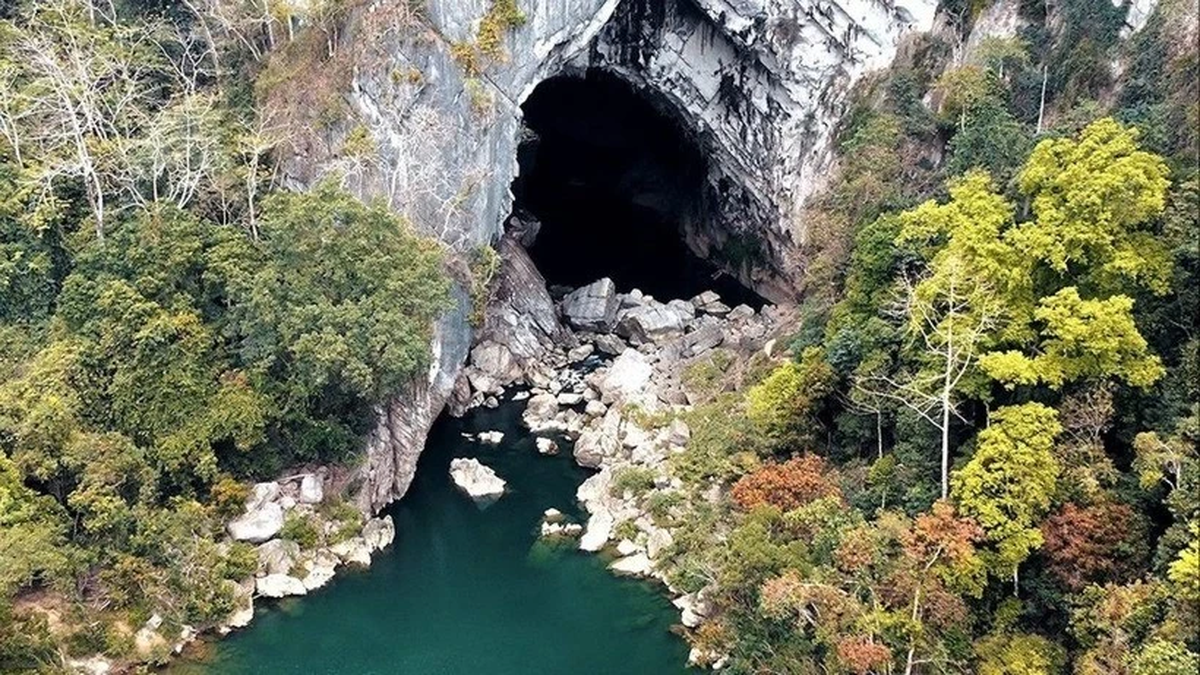

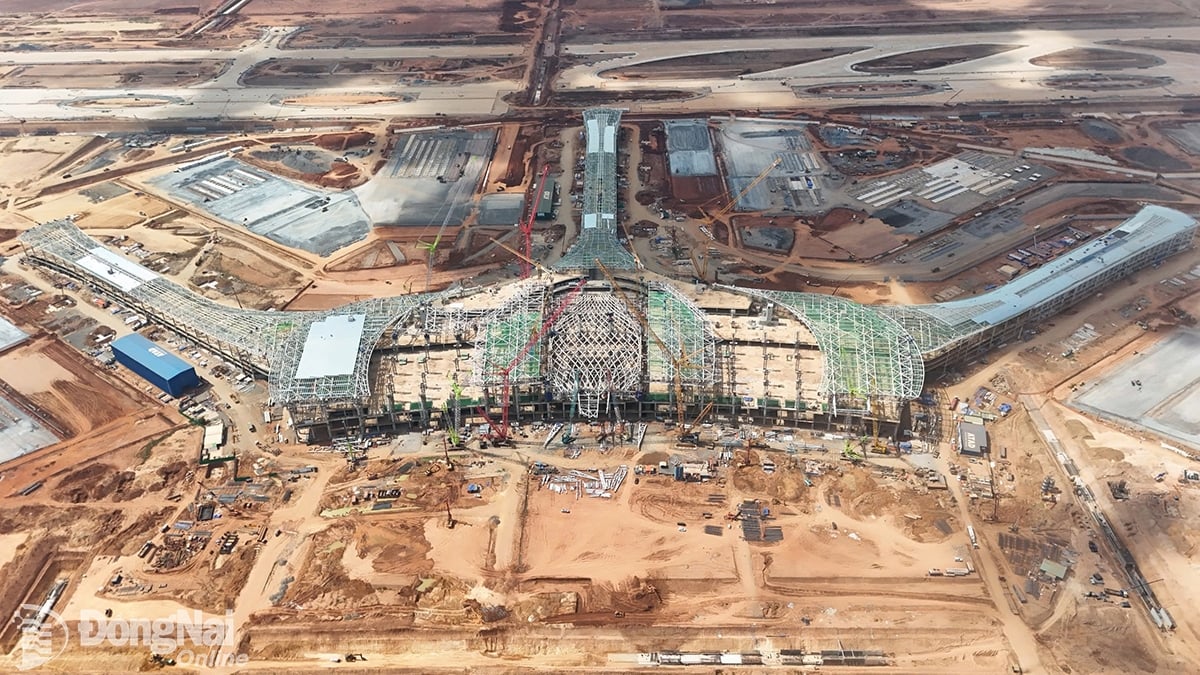
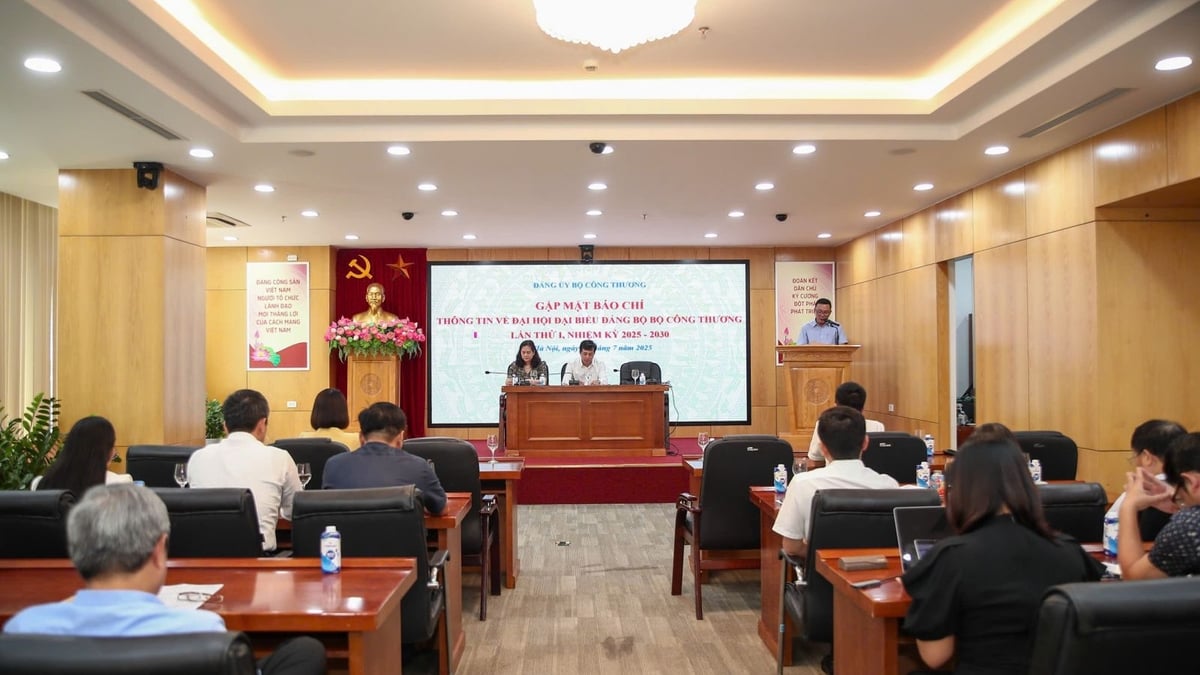

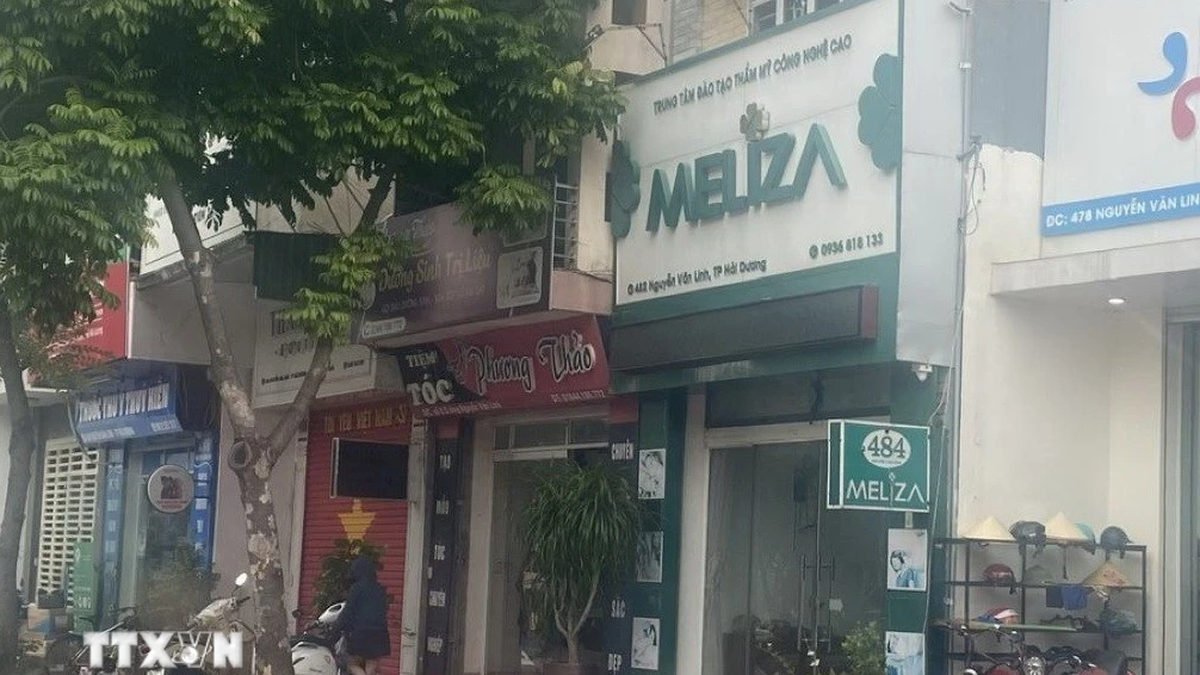



























































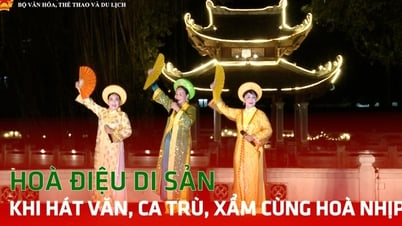




























Comment (0)